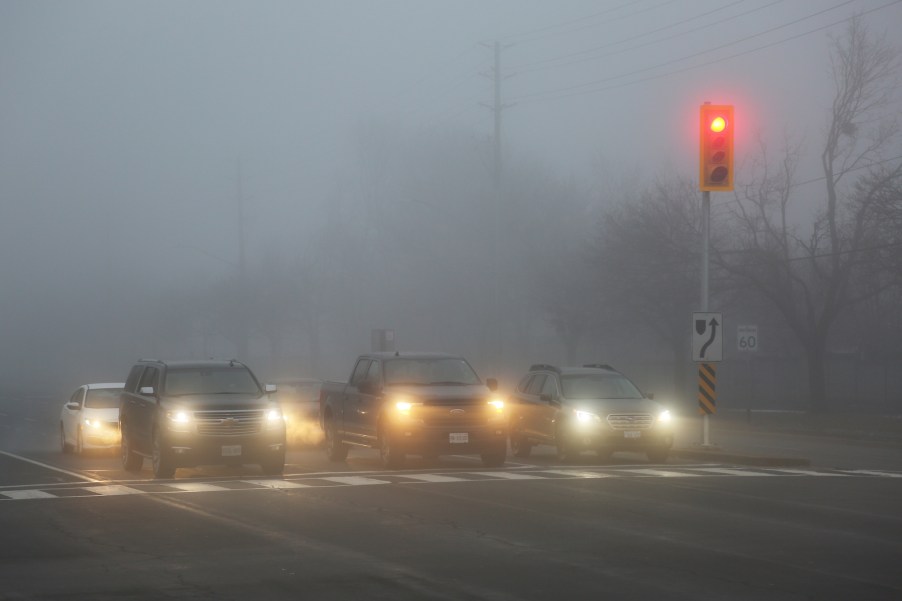
5 Tips You Must Follow When Driving in Fog to Make It Easier
Driving in fog can be a dangerous and even deadly endeavor. The low visibility in foggy conditions can make it more difficult to spot hazards, judge distance, and avoid disaster. This impediment can result in you running into other vehicles, veering off the road, or encountering other road accidents. However, this does not mean that you can not drive in foggy conditions and still make it to your destination safely. Below are several tips you can follow to make driving in fog easier and safer.
Tips to follow when driving in fog:

While it is hazardous to drive in foggy conditions, if you must, there are a few things you can do to make the experience less dangerous. These will ensure your safety and that of other drivers on the road. Here are five tips you must follow when driving in fog:
1. Slow down
The whole purpose of driving is to get to your destination faster. However, when the weather is foggy, you might not see things later than you usually would. GEICO living insurance recommends driving at safe speeds since it makes it easier to stop or react to something that appears abruptly on the road. For instance, if you’re driving too fast in foggy weather and see an oncoming vehicle a few yards away, the breaking distance might not be enough to avoid a collision.
On the other hand, if you were driving at a safe speed? You would have a better chance of controlling your car. You should also skip cruise control and monitor the speedometer yourself. If you use cruise control, you might not be able to react to a surprise quickly enough.
2. Use headlights and fog lights if you have them
When driving through fog, visibility is paramount. As a result, you should always keep your headlights or fog lights active regardless of what time of day you are on the road. Headlights help you see better in the fog and ensure the drivers behind you can see your brake lights. That said, you should avoid using high beam lights. While having more light might seem like the perfect solution to visibility, high beams in dense fog can increase glare and make it harder for you to see what is ahead. Stick to fog lights or try and find the best headlights for foggy days.
3. leave space
When driving in fog, you should leave enough space between yourself and other vehicles. Since fog limits visibility to a mile or two, maintaining some distance from the car ahead of you gives you enough reaction time. However, do not speed up to try and lose the vehicle behind you since you might rear-end a car ahead of you. It is essential to drive cautiously even when other drivers are not.
4. Follow the lines
Reduced visibility might make it seem like you are alone on the road. It can often tempt you to drive outside the lines since they are already hard to see. Doing this puts you at risk of collision with oncoming traffic, which is also driven by people who are having trouble seeing the lines. A good solution would be to use the right-side pavement line as a guide, as the center markings might mislead you and take you closer to the wrong side of the road. Alternatively, you could use lane kipping assist functions on your car if it has them.
5. Pullover/do not stop in the middle of the road.
When the fog gets too dense, the natural reaction is to stop and try to see where you are going. However, stopping abruptly in the middle of the road puts you at risk of a rear-ended collision with the vehicles behind you. It is therefore essential to keep driving at a safe speed until you arrive at your destination.
If you must stop, check your mirrors, brake softly, and pull over on the side of the road, as far away from traffic as possible. According to the National Weather Service, you should also turn off your headlights as other drivers might think your taillights indicate where the lane is and cause a collision. You can also wait out the dense fog in a public place instead of pulling over and hanging around the roadside.


